The Power of the High Plank
High plank have emerged as a trusted ally for those seeking enhanced core strength and improved stability. Ideal for fitness enthusiasts of all levels, the high plank is more than just a static pose; it’s a journey towards core mastery.
Positioning for Success: Entering the High Plank
Initiate the high plank by assuming a push-up stance, ensuring your hands are aligned directly beneath your shoulders. Extend your legs back, grounding yourself with the balls of your feet. The core plays a pivotal role here – engage it. As you do, visualize a straight trajectory from your head to heels.
Holding the Fort: Maintaining the High Plank
It’s not just about getting into the plank, but about holding it. Aim to maintain this posture, prioritizing form and stability over duration. Throughout, the high plank works tirelessly, engaging your abs, back, and shoulders, offering comprehensive benefits.
Why the High Plank Reigns Supreme
The efficacy of high planks extends beyond the core. They are versatile exercises that target the abs, back, and shoulders, rendering them a staple in many fitness routines. For a more detailed look into workouts and tips, consider visiting FitnessBeautyPR.com. And for those keen on regular updates, the subscribe option awaits.
Steps:
-
- Begin in a push-up stance with hands under shoulders.
- Extend legs back, resting on the balls of the feet.
- Engage the core, ensuring a straight alignment from head to heels.
- Maintain this position, focusing on stability and form.
High Plank vs Low Plank
How is it different than normal planks?
Both the low plank and the standard plank (often just called “plank” or “low plank”) are exercises that target the core muscles, but they have a few key differences in terms of position and, to some extent, the muscles they emphasize. Here’s how they differ:
1. Position of the Arms and Elbows:
- Low Plank: In a low plank, you support your body using your forearms. Your elbows are directly below your shoulders, and your arms are positioned parallel to your body.
- Standard Plank: In a standard plank, you support your body using your hands, similar to the top of a push-up position. Your arms are fully extended with your wrists aligned under your shoulders.
2. Intensity and Muscles Engaged:
- Low Plank: The low plank can sometimes feel more challenging for some people, especially if held for extended periods. This is because the surface area that supports you is reduced, and there can be more direct emphasis on the core muscles.
- Standard Plank: While still an effective core exercise, the standard plank might distribute some of the stress more to the arms and shoulders due to the extended arm position.
3. Wrist Strain:
- Low Plank: Since the weight is distributed across the forearm in a low plank, there’s generally less strain on the wrists. This can be beneficial for individuals with wrist issues.
- Standard Plank: Holding a plank with extended arms can be a bit more challenging for the wrists, especially for those with pre-existing wrist conditions.
Both high plank vs low plank variations are effective for building core strength, stability, and endurance. The best choice between them often depends on individual preferences, comfort, and specific fitness goals.
The high plank, with its demanding posture and comprehensive benefits, has rightfully earned its place in fitness routines worldwide. By engaging not just the core but also the back and shoulders, this exercise offers a holistic approach to body strengthening. Though it shares similarities with the low plank, the differences in position and muscle engagement make each unique. Both serve as powerful tools in the journey towards core mastery, with the choice between them boiling down to personal preference and specific fitness objectives. Dive deeper into the world of fitness and embrace the transformative power of planking. Embrace the challenge and discover your strength.





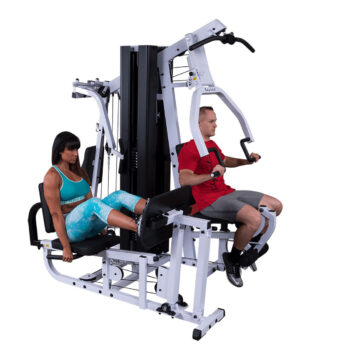
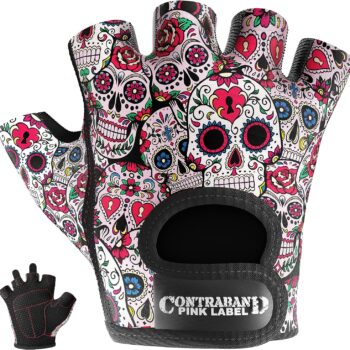
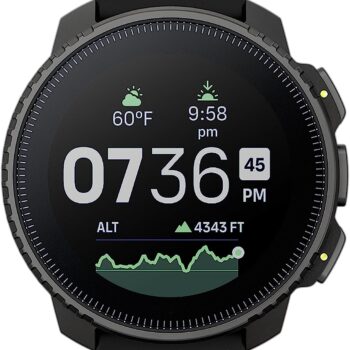
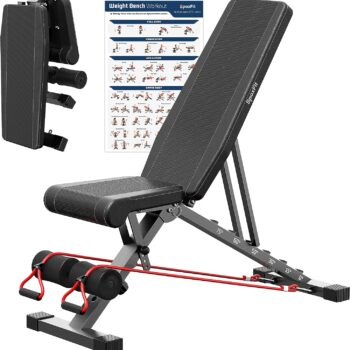
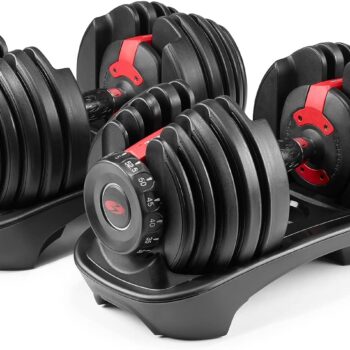
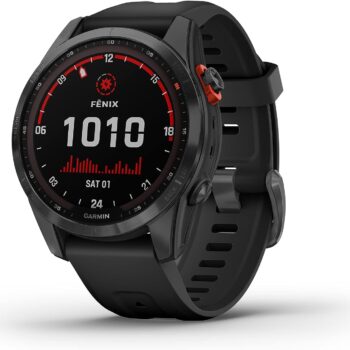

One comment